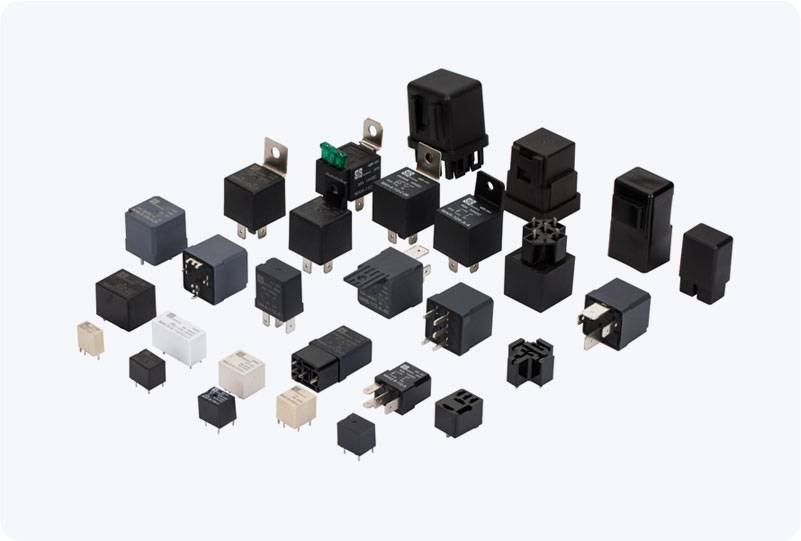The Battery Main Positive Relay is a crucial component in many electrical systems, especially in automotive and industrial applications. It plays a significant role in the management of power distribution, ensuring that electrical systems function safely and efficiently. In this article, we will explore the purpose, working mechanism, and importance of the Battery Main Positive Relay, shedding light on how it supports the operation of various electrical systems.

What is a Battery Main Positive Relay? A Battery Main Positive Relay is an electromechanical switch used to control the flow of electrical power from the battery’s positive terminal to various components of a vehicle or electrical system. It is a key part of the vehicle’s electrical architecture, particularly in systems that require high-current handling or where battery isolation is essential for safety reasons. Essentially, the relay ensures that only authorized systems have access to the main positive power supply. The relay operates by using an electromagnet to control the switching of electrical contacts. When the relay coil is energized, it pulls in the contact points, closing the circuit and allowing current to flow through. Conversely, when the coil is de-energized, the contacts open, cutting off the power.